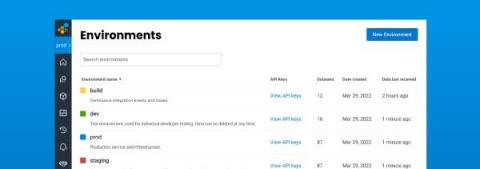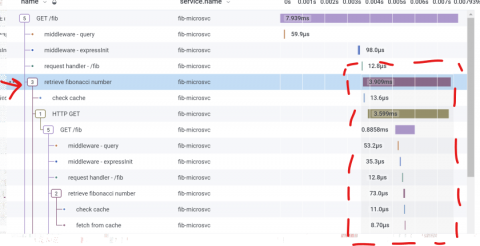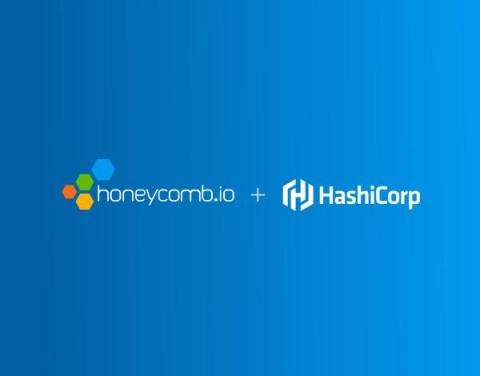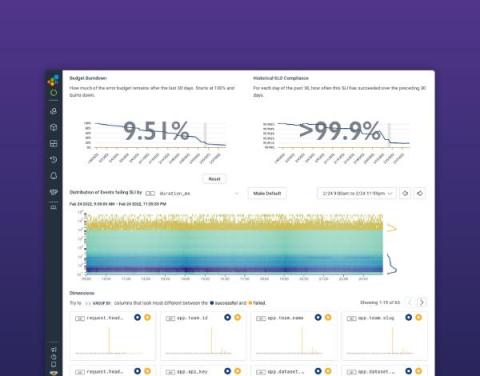A Better Environment for Observability, at Your Service
We’ve made some big changes under the hood at Honeycomb to give you better control over how you put your apps data to work—we’ve expanded our core data model with formal Environments and Services! In short, the best observability (o11y) platform in town just got better! Before we dig in, an important note. Existing Honeycomb teams are not impacted by this update. If you’re already a Honeycomb user, congratulations! Your team is now a Honeycomb Classic team.









